Arts & Entertainment
‘Big Brother’ star bares all
Former reality show competitor-turned-porn god at Secrets Friday

It’s no secret at all. Steven Daigle — the gay rodeo star whose burst of fame came on the reality-TV show “Big Brother” in 2008 — is today one of the hottest stars in the gay male adult film industry.
A top star for king-of-gay-porn Chi Chi LaRue, Steven is also winner of the GayVN award for “the most rented title” of 2010, “Steven Daigle XXXposed.”
He makes his Washington premiere appearance live and nude tonight at Secrets, “so his many fans can see him, not just on video, but this time up close and very personal — it’s a real coup for Secrets,” says the club’s promoter Jon Royce.
“Without sounding cocky,” Daigle says, “the success of that first video, ‘Steven Daigle XXXposed,’ was because of me, because I brought a mainstream name to the film, because of being on ‘Big Brother.'”
There are other signs of his popularity too. Topco Sales even sells a dildo molded from his unit.
“He came into the molding session with a great attitude and ready to do anything we asked of him in order to get the best possible mold,” says Topco’s Miranda Lancaster.
“What I go through for my fans,” Daigle says. “I hope you enjoy it.”
The replica became rather famous in August when Daigle and his then boyfriend, fellow porn star Trent Locke, appeared live on a Manhunt video chat.
Locke and Daigle unfortunately came to blows recently, and definitely not in a good way. It happened Oct. 18 at the Abbey, the West Hollywood gay bar where Steven gathered with friends for a viewing party to watch his appearance on “The Real Housewives of Atlanta,” the hit reality show now in its third season on the Bravo cable channel.
According to TMZ, Locke (who was named by his porn name, Ryan Purdy) approached Steven and started a fight, which turned ugly and bloody. It was Daigle, however, not Locke, who was arrested. Held by the Los Angeles County Sheriff’s Department overnight on $20,000 bail, he was charged with one count of misdemeanor battery. Conviction means up to one year behind bars.
But there may be more to the story. Daigle’s mug shot, which TMZ posted, shows he clearly took a beating. Nevertheless TMZ reported that Locke was rushed to the hospital.
Royce says “any domestic violence is unfortunate” and when he heard the news of Steven’s arrest, he “immediately crossed him off my list for bringing him to Secrets.” But then Royce watched the news and read interviews about what happened and changed his mind.
“I decided to let the case take its course and not make any judgments based on headlines,” he says.
Locke, meanwhile, voiced remorse, saying on his website, “I love Steven Daigle and am so upset and deeply embarrassed that things happened the way they did,” expressing “so much respect” still for Daigle.
“I feel lost, confused, and afraid,” he wrote.
This is the second time Locke has accused a boyfriend of domestic violence.
Royce says that in person “Steven is genuine, not a fake nice person, but real, who will mix and mingle with his fans in the crowd, sign autographs, take pictures, and have a really good time with everybody” at Secrets tonight (which also just happens to be Royce’s birthday party). Long-time adult industry impresario Royce — a D.C. native who returned here, and runs MightyMen.com, after years spent in Los Angeles — has booked porn stars on a monthly basis for Secrets’ shows since he brought in Falcon mega-star Matthew Rush in 2009.
Rush, a biracial bodybuilder and winner of the 2010 Grabby Award for Best Versatile Performer, appeared in his first post-Falcon work in a 2009 video and photo shoot produced by Royce, who has also brought in other porn stars to Secrets, and boasts he helped discover two of the club’s current dancers, Redmond Fox and Jessie Lee.
Secrets, Royce says, is a key venue on the porn industry circuit because it is only one of three U.S. clubs that can legally feature entirely unclad performers. Another is Atlanta and in the third city, Pittsburgh, he says that the law is being changed to ban nudity there.
“So Secrets is a really great place, because porn stars like Steven can be naked,” which Royce says is what it’s all about: “You see them naked in videos, so why would you want to see them with their pants on in a club?”
It was Daigle’s shirtless appearance on the CBS TV show “Big Brother” in its 10th summer season three nights a week in 2008 when he first caught the eye of Royce, who says the show is a big favorite for gay viewers, including LaRue.
Royce claims to have never missed an episode of the series, which has 13 people on a soundstage, isolated and filmed 24/7.
Daigle competed well but was voted off the show in its third episode. He returned for the season finale and at a wrap party he met LaRue, who almost immediately laid out an open invitation for Steven to begin appearing in gay porn videos.
In fact Steven’s mainstream appeal, partly due to his cowboy looks as a gay rodeo bull-riding champion, begins with his all-American-boy rearing in small-town Opelousas in south-central Louisiana.
Born in 1973, at age 8 he moved with his parents to the outskirts of Houston, where he lived at home for a time after high school working odd jobs including a stint in environmental clean-up work. At 21, he began to appear in rodeos “just as a hobby,” he says, “for fun on weekends.” He soon was riding bulls and appearing in rodeos in other cities.
Only at age 26 did he start his undergraduate study, earning a degree in agriculture and marketing at the city’s Sam Houston State University. Next he completed his master’s in applied geography at the University of North Texas in Denton, a college town near Dallas, after moving there and coming out at age 30. He soon discovered the world of gay rodeo with friends.
He owned a horse and was a natural in the saddle and at riding bulls bareback. Soon he was ranked No. 1 in bull riding and also won an international steer-riding competition. That’s when “Big Brother” producers asked the gay rodeo association to recommend someone to join the cast of 13 in the 2008 production. In the year that followed his appearance on the show he continued to work as a geographic information systems analyst for a large engineering firm with offices in Dallas. But LaRue’s offer to work in gay porn – and her motto, “save a horse, ride a cowboy” – was still in the back of his mind.
He knew that drag diva and porn promoter LaRue (AKA Larry David Paciotti), director of all-time gay-sex video best-sellers and the owner of her own production company Channel 1 Releasing, could make things happen. Inducted into the GayVN Hall of Fame, in 2008 she also opened her adult boutique, Chi Chi LaRue’s, on Santa Monica Boulevard in the heart of West Hollywood, where she sells everything from 2,000 video titles to sex toys and candles.
“We were friends,” Daigle says, “and she wasn’t bugging me, and at first it was just a joke, but then I thought my job might be ending, since the economy was so hard and lay-offs were impending, so I called and asked her ‘Are you serious about this?’ and she said yes.”
So they negotiated a deal and he shot three videos.
LaRue called “XXXposed,” “the high point in my directing. Steven took to being watched like a seasoned pro.”
In the second video, “Steven Daigle Stalked,” he is stalked by Grabby (adult video awards) winner Adam Killian “into a dungeon,” Daigle says, “and we have a big orgy that begins as a three-way and then a lot more guys join in,” this time letting Daigle show his video versatility. Since then he has appeared in more than 30 scenes for different DVDs and on Internet sites, most recently for Chi Chi LaRue in “Raising The Bar,” which he describes as a web series with nine episodes about five friends who get together every week for a new episode and have sex with each other and with others who join in. Go to HYPERLINK “http://stevenexposed.com/”stevenexposed.com for more information.
He’s single now and lives in San Diego, but travels widely having made appearances and shot scenes in Los Angeles, New York, San Francisco, Fort Lauderdale, Phoenix, Toronto and London. He’s looking forward to Secrets and says club events are fun.
“It’s the opportunity to meet my fans and hang out with them, sign autographs and show people that you’re a real person,” he says. “They’re the reason we exist, because if it weren’t for our fans we wouldn’t be making movies.”
For Royce, this is a potential money-shot for Secrets but also a chance for Daigle’s fans to connect with him in person.
“He is a big prize for the gay male porn industry, one of the most high-profile in the business, and he has the smarts to do what it takes in this industry,” Royce says.
“You don’t do 30 videos unless you’re a hot commodity,” Royce says. “The public speaks and Steven has come out a winner.”
a&e features
Local, last-minute holiday gift ideas
Celebrate the season while supporting area businesses

The DowntownDC Holiday Market is bustling. Union Station is decked out with its annual Christmas tree. Washingtonians have wrapped their houses and apartment balconies with festive lights and holiday decorations. The holiday season is here. And with stockings to fill and empty space under the tree, Washington’s local shops and artists have plenty to offer.
Show your LGBTQ and D.C. pride with the Washington Blade’s annual holiday gift guide.
To embrace the holiday buzz: The Blanco Nwèl cocktail from Alchy Cocktails. This Caribbean eggnog is one of Alchy Cocktail’s seasonal holiday cocktails. The flavor profile is similar to coquito, a traditional Puerto Rican Christmas drink with a coconut base. As a queer and Caribbean-owned business, Alchy Cocktails has been based out of Washington since 2021. Blanco Nwèl is available in both cocktail ($24) and mocktail ($12) online and at a variety of holiday markets, including the Tingey Plaza Holiday Market, the Flea Market at Eastern Market, Union Station’s Main Hall Holiday Market, and more. ($24)
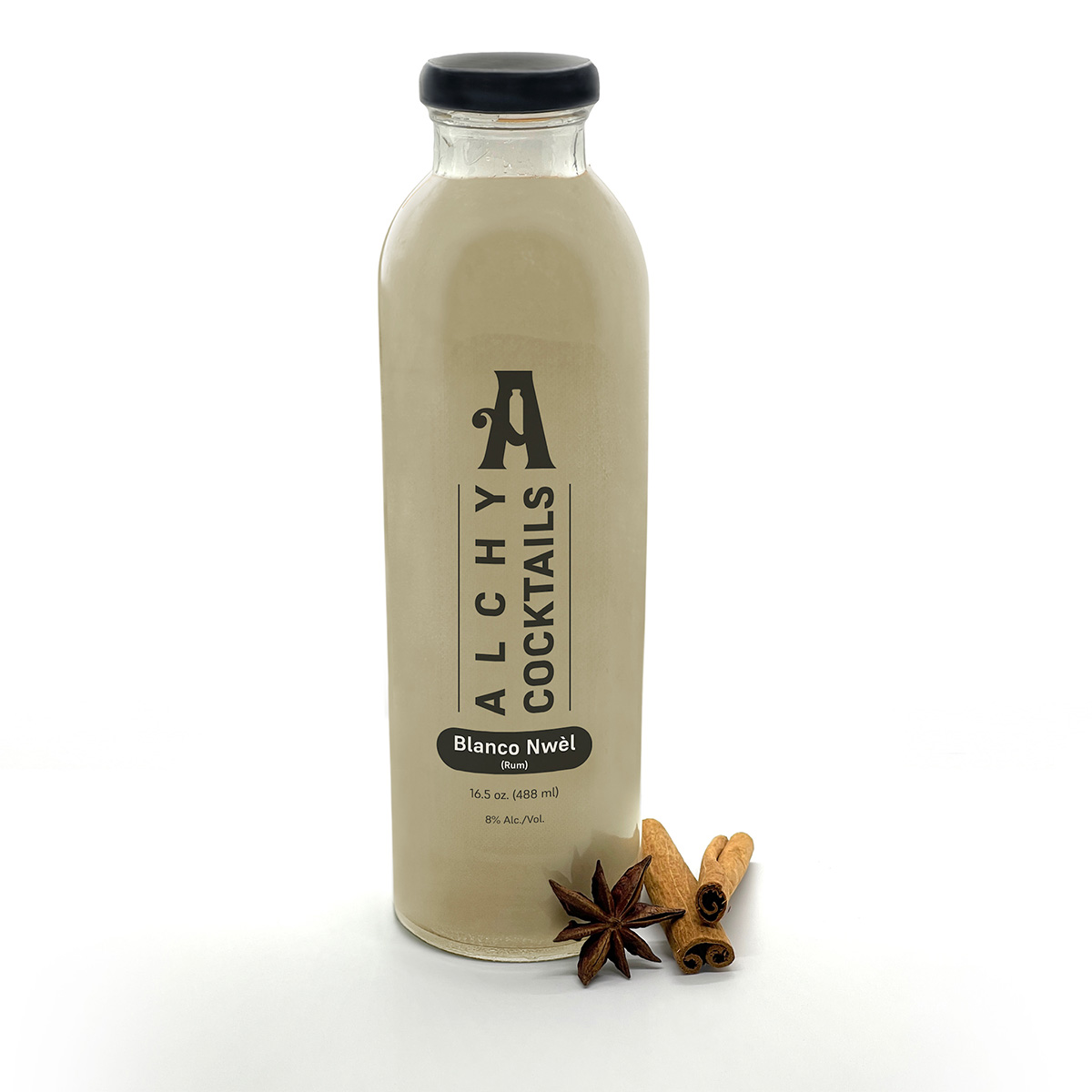
A spicy bite: Gordy’s Cajun Okra from Salt and Sundry. These spicy, tangy pickles pull on Southern Cajun-style flavors, packing a punch with paprika, cayenne, and more. Gordy’s is an LGBTQ-owned and Washington-based brand, making this gift an opportunity to support a local LGBTQ business straight from the jar. This pantry staple is available on Salt & Sundry’s website and at its locations in Union Market, Logan Circle, and its Georgetown holiday pop-up store. ($14)


To celebrate Washington pride: The DC Landmark Tote Bag from The Neighborgoods. Native Washingtonians, visitors, friends and family alike will find something to love about this Washington-themed tote bag. Food trucks, the 9:30 Club, the Metro logo and pandas from the National Zoo are just some of the city’s landmarks depicted across the tote in a red, white, and blue color palette. The tote is a part of the DC Landmarks collection, which donates 10 percent of its sales to the American Civil Liberties Union. The Neighborgoods itself is a local, woman-owned business built out of a passion for screen-printing in 2013. The 100 percent cotton canvas tote is for sale online or at the DowntownDC Holiday Market. ($22)
To give friends and family their flowers: The Flowers Bandana from All Very Goods. This 100 percent cotton bandana was designed in Washington and hand printed in India. Its uniqueness comes in being covered with the faces of Black women, representing a “love letter to all women but especially Black women,” according to All Very Goods. The Black woman-owned and operated business, based out of Northwest Washington, has a mission to celebrate diversity and representation through its products. The bandana intends to give Black women their “flowers.” The Flowers bandana is available for purchase online. ($24)

To unlock culinary creativity: The Curious Chef Gift Collection from Each Peach Market. This customizable collection of kitchen oddities — ranging from tinned fish to chili oil — is a quirky gift for the most inventive chefs. The collection is available in a Standard Santa, Extra Goodies and Super Holiday Size for up to $165. The Washington-based market, founded in 2013, permits customers to make the collection special by specifying what unique ingredients are packaged, including products made by local or LGBTQ brands. Each Peach Market offers assembly and pick up in-person at its Mount Pleasant shop and also offers local delivery and nationwide shipping via its website. ($85)

To give a touch of sweetness: The DC Landmark Chocolate Covered Oreo Holiday Cookies from Capital Candy Jar. Wrapped in a festive red bow, this box of nine cookies embraces love for Washington and the holiday season in one. Among the dark and milk chocolate covered cookies are images of the U.S. Capitol, the White House, the Lincoln Memorial, the Jefferson Memorial and festive hollies. The treat, packaged in a Hill East facility just a few blocks from the Capitol, is available for purchase online and at the DowntownDC Holiday Market. ($23.95)


To celebrate queer gaming: Thirsty Sword Lesbians from Labyrinth Games & Puzzles. This roleplaying game embraces lesbian culture by unlocking a world of swords, romance, and battle. Ideal for group settings, the book presents a system of world building and character identities that are best brought to life by creative minds. Labyrinth, which has been a local Washington business for more than 15 years, celebrates non-digital fun through games and puzzles that connect the community. This gift is offered online and at Labyrinth’s Capitol Hill location. ($29.99)
To make a bold statement: The “Resist” T-shirt from Propper Topper. This locally screen-printed black tee features the Washington flag designed within a raised fist, symbolizing both Washington pride, and political resistance. The shirt is made exclusively by Propper Topper, a local Washington business that evolved from a hat shop to a gift store since opening in 1990. The tri-blend unisex shirt is available both for pickup at Propper Topper’s Cathedral Heights location and shipping via the online site. ($32)
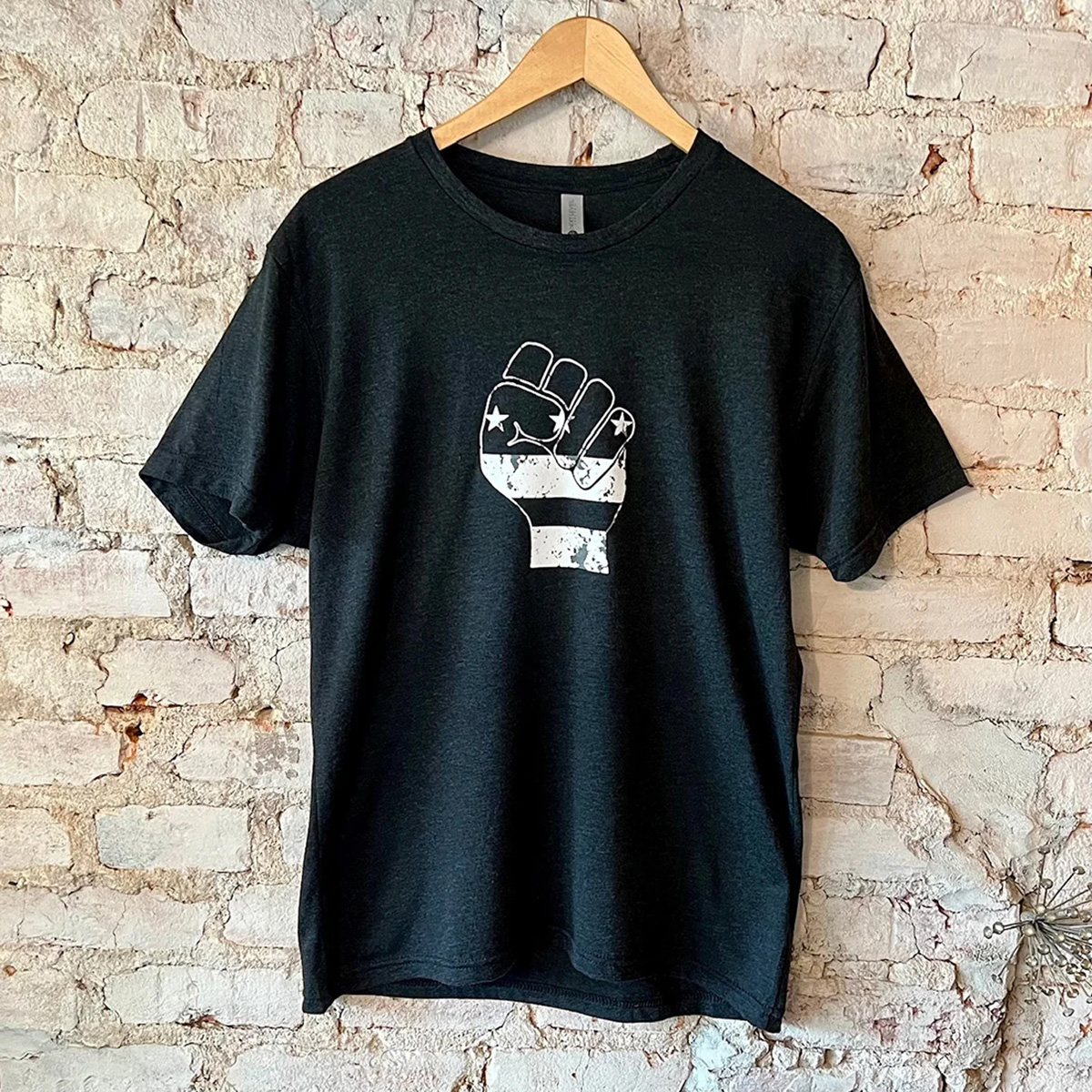
To keep it c(g)lassy: The Glass Ball earrings from Blue Moon Aquarius. Gifting can rarely go wrong when it comes to a new pair of earrings. The unique statement earrings — made of polymer clay, glass, and 18k gold plating over surgical steel — are hand cut, sanded and assembled in Washington, meaning each set is unique. Blue Moon Aquarius, a local brand, is known for its small batch jewelry and home decor designed with clay materials. Available in oxblood, hunter green, lavender, and bluestone color palettes, these earrings are available for purchase on Blue Moon Aquarius’ website and at the DowntownDC Holiday Market. ($48)
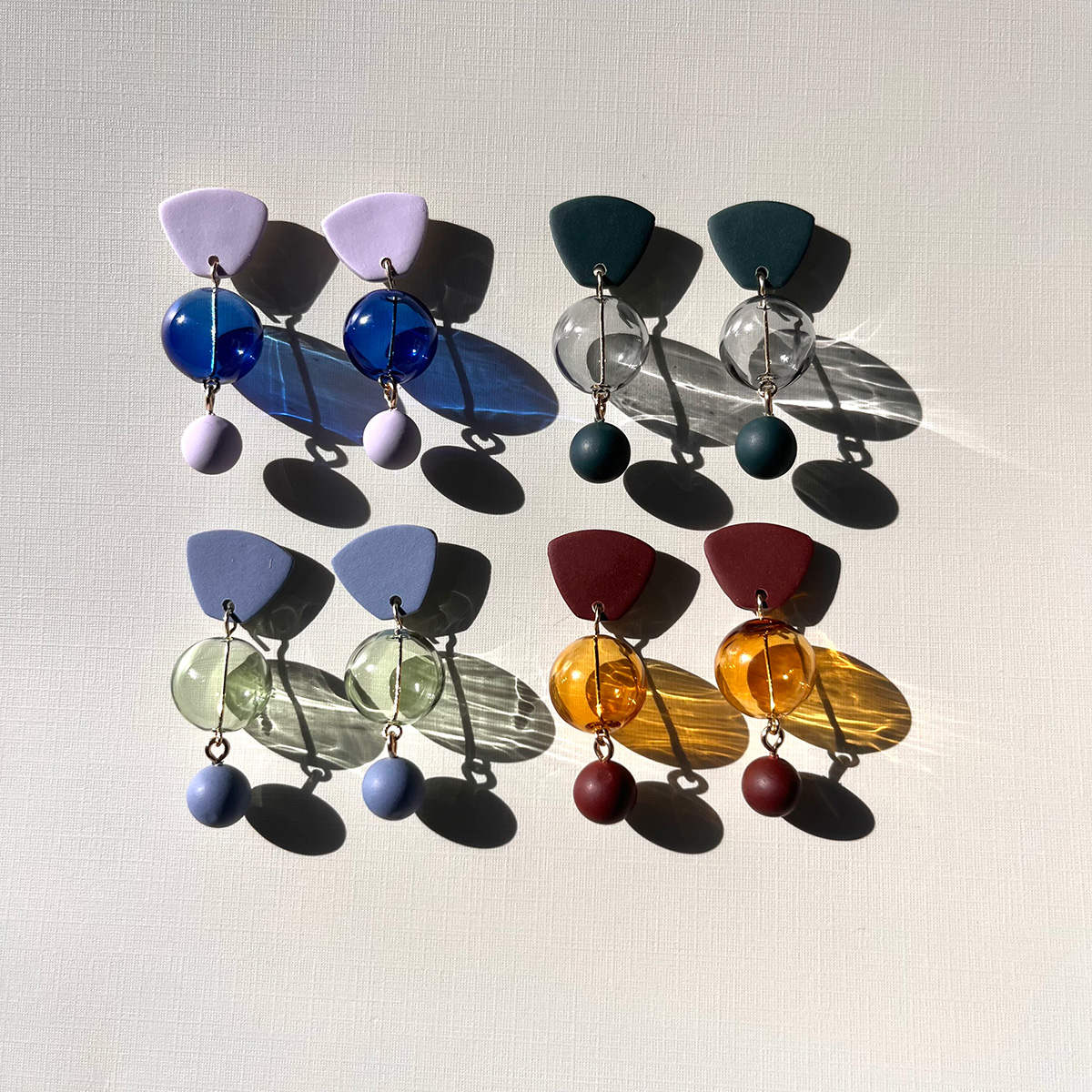
To elevate a holiday tea or charcuterie party: The Honey Flight: Tea Lover’s Selection from BannerBee. This local honey company presents the ideal gift to make cozying up with a cup of tea slightly more special. The Honey Flight contains three types of raw wildflower honey infused with fair trade Ugandan vanilla bean, chai spices, and locally sourced lemon thyme herb. The gift is also an opportunity to uplift a family company based in the Mid-Atlantic that offers all-natural, sustainable products. The flight is available online, at the DowntownDC Holiday Market or at the Arlington Courthouse and Dupont Farmers’ Markets. ($36)

For Baltimore shoppers: If you’re in Charm City, don’t miss Balston Mercantile, opened by a gay couple in June. Their gorgeous shop in the Hampden neighborhood offers an array of unique, upscale finds, from barware and artwork to cookbooks and home decor and more. (849 W. 36th St.)
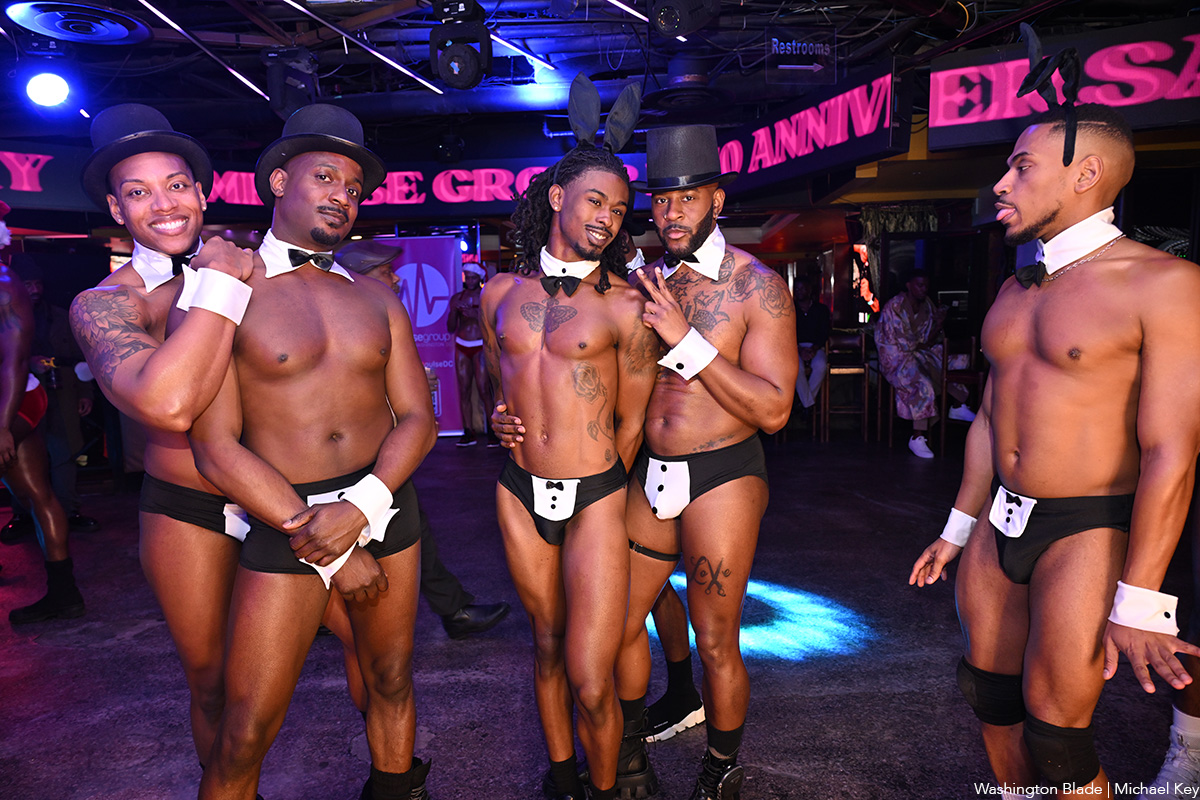
Impulse Group DC held “10’s Across the Board: A Celebration of 10 Years” at Bravo Bravo (1001 Connecticut Ave., N.W.) on Sunday, Dec. 14. Impulse Group DC is a volunteer-led 501(c)(3) and affinity group of AIDS Healthcare Foundation dedicated “to engaging, supporting, and connecting gay men” through culturally relevant health and advocacy work.
(Washington Blade photos by Michael Key)

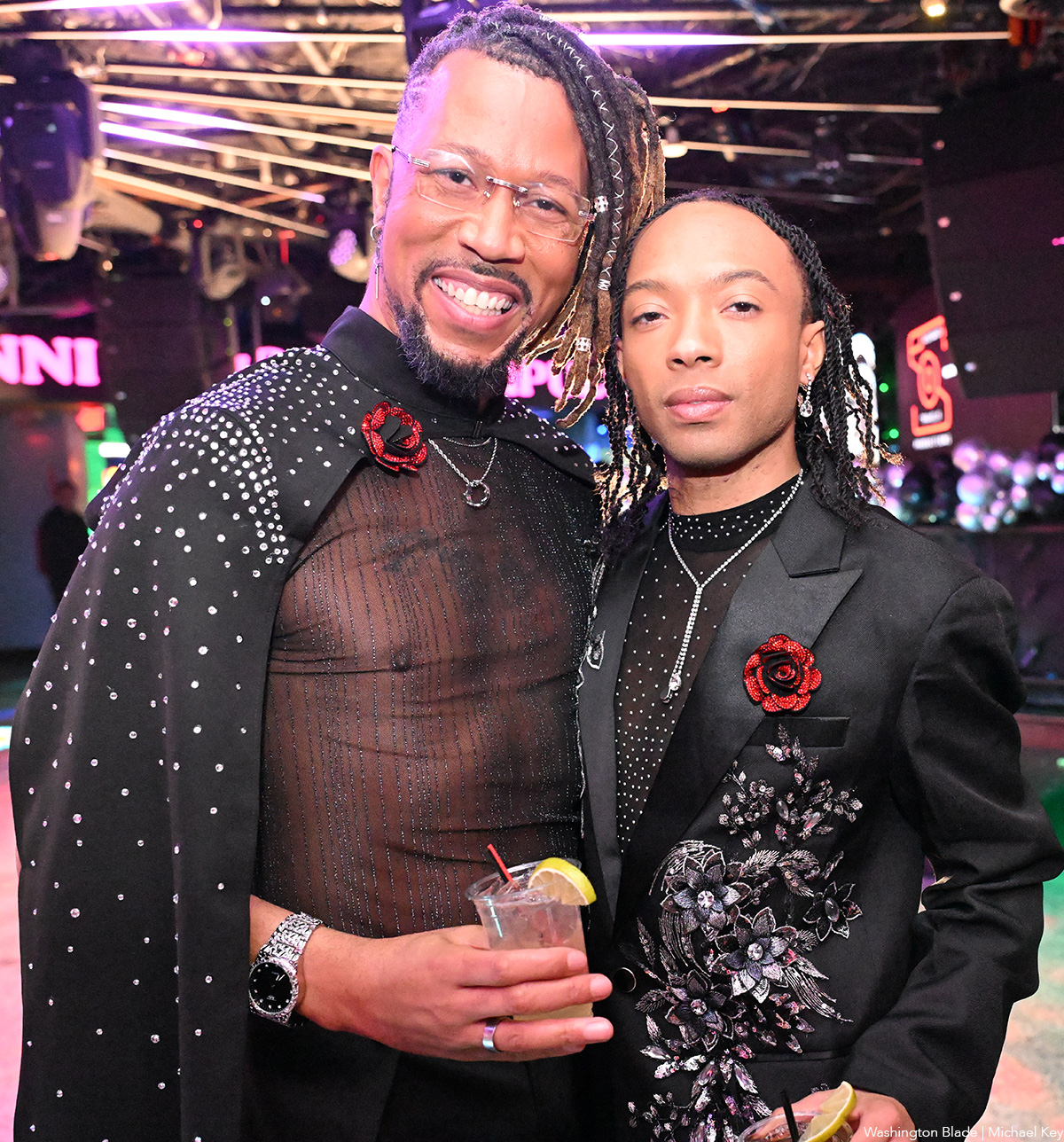
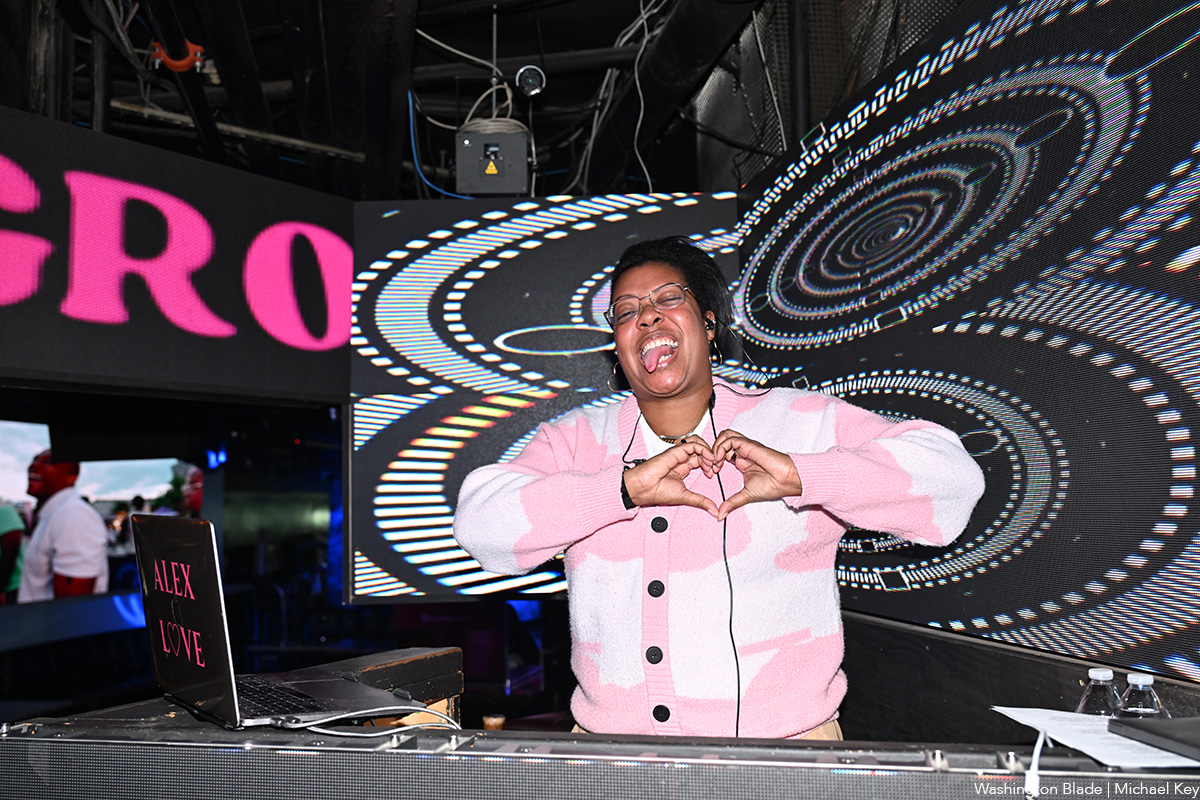
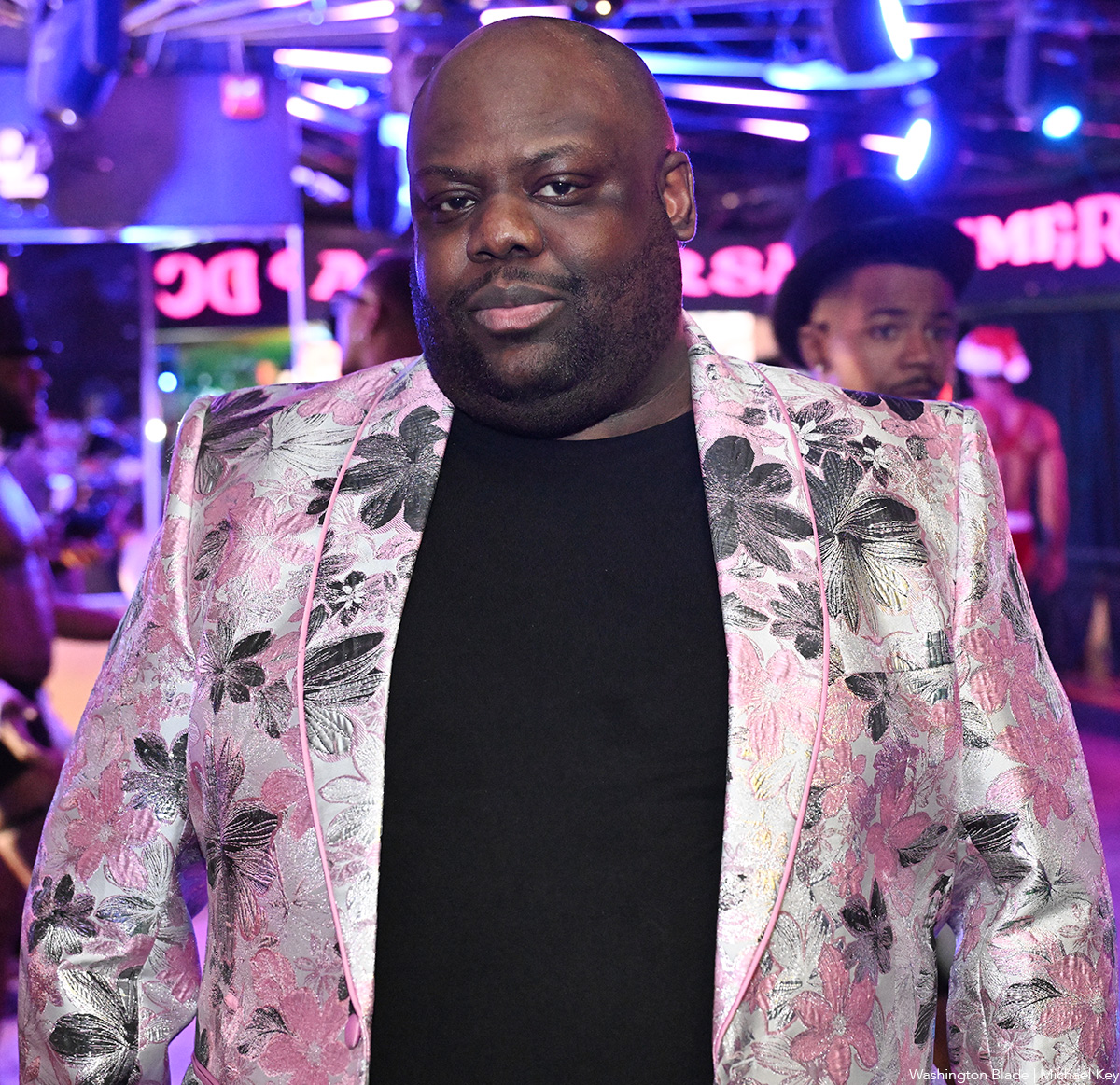
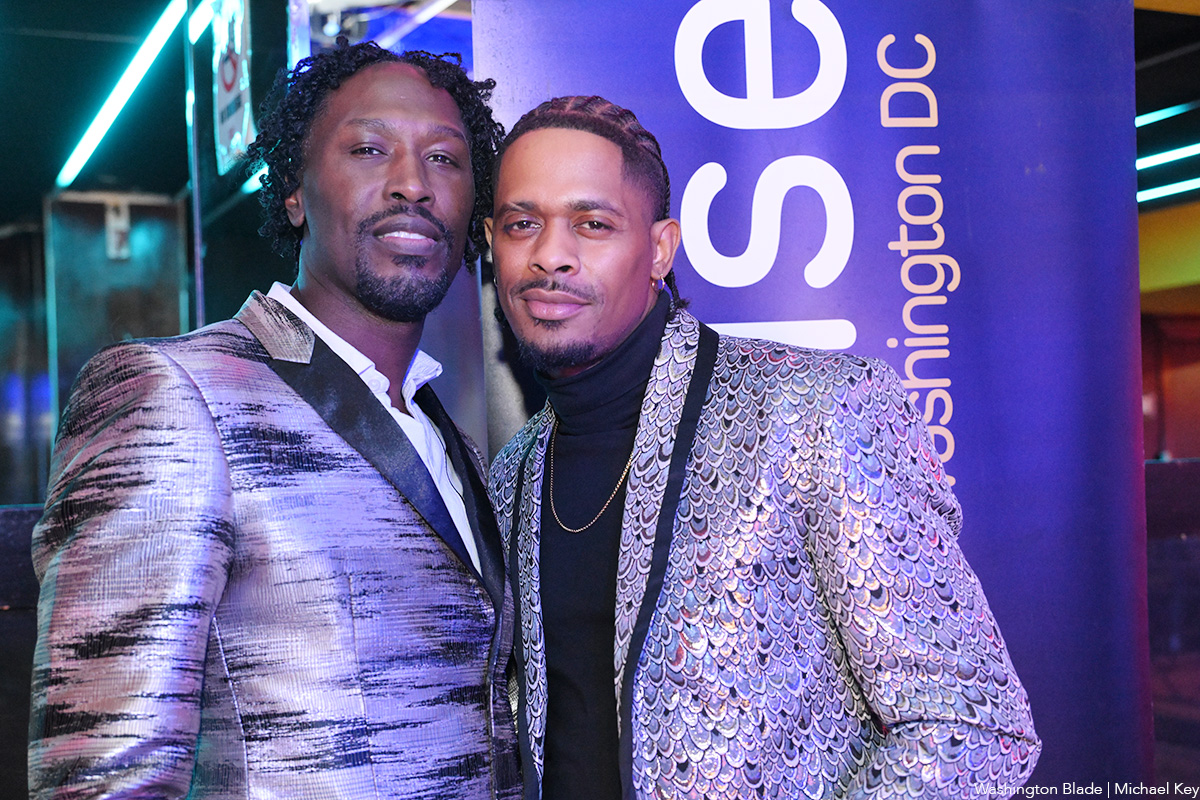
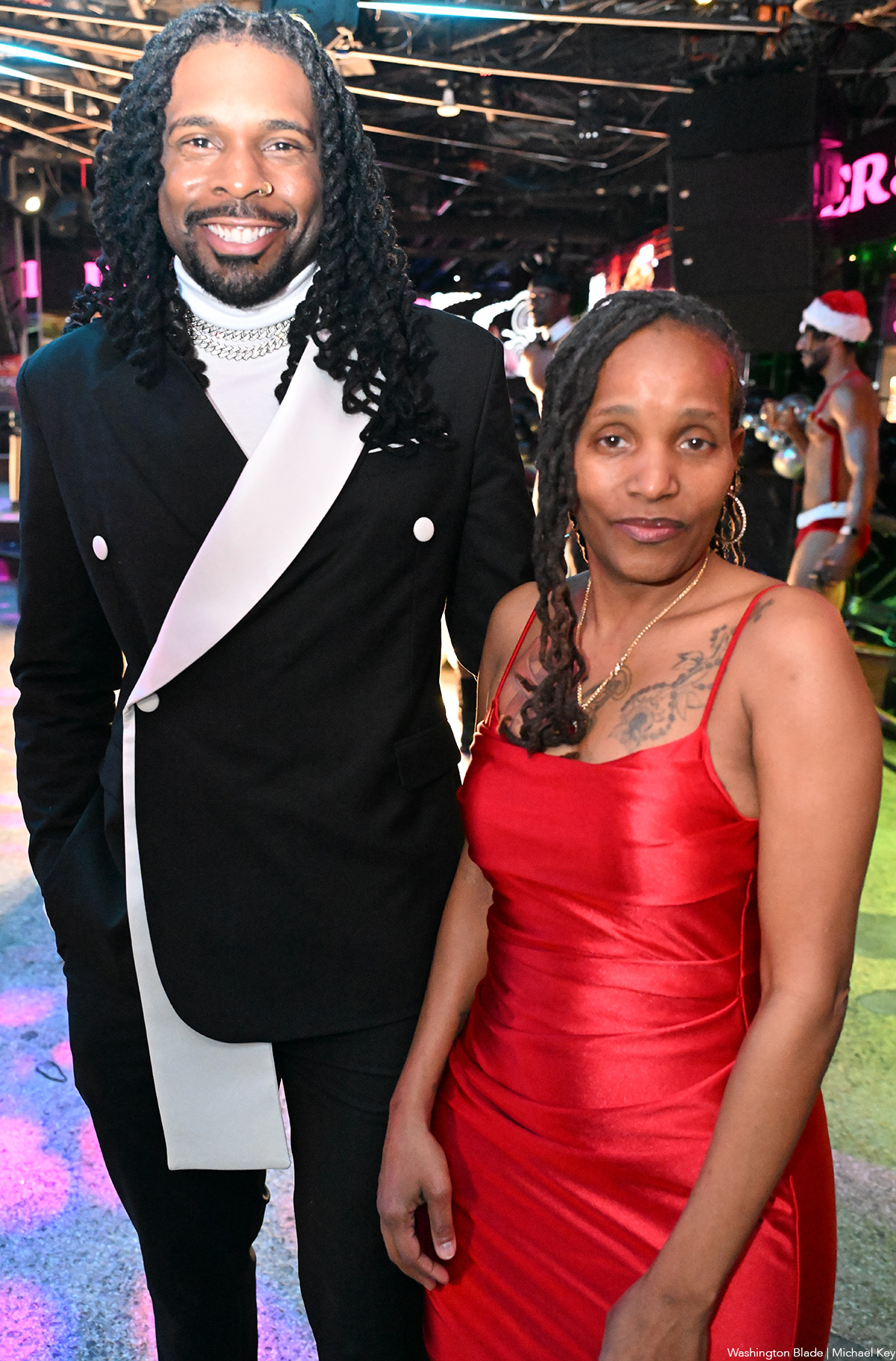
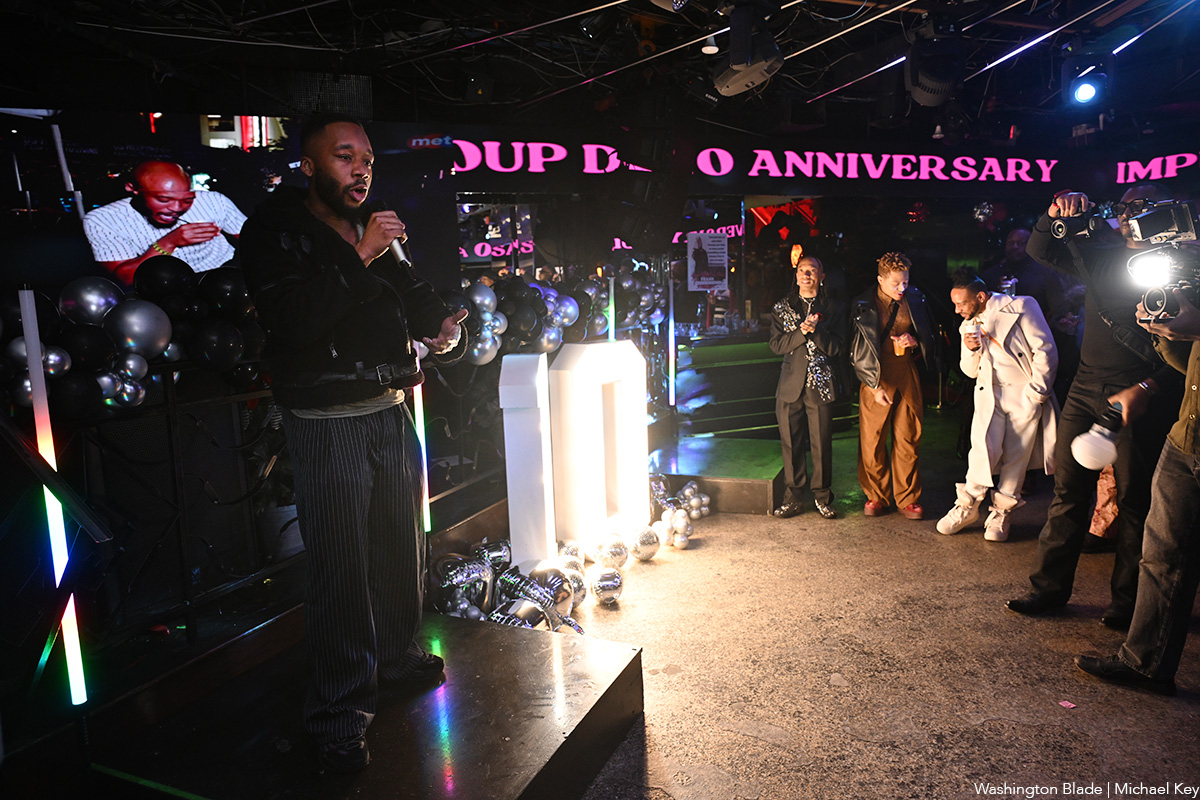
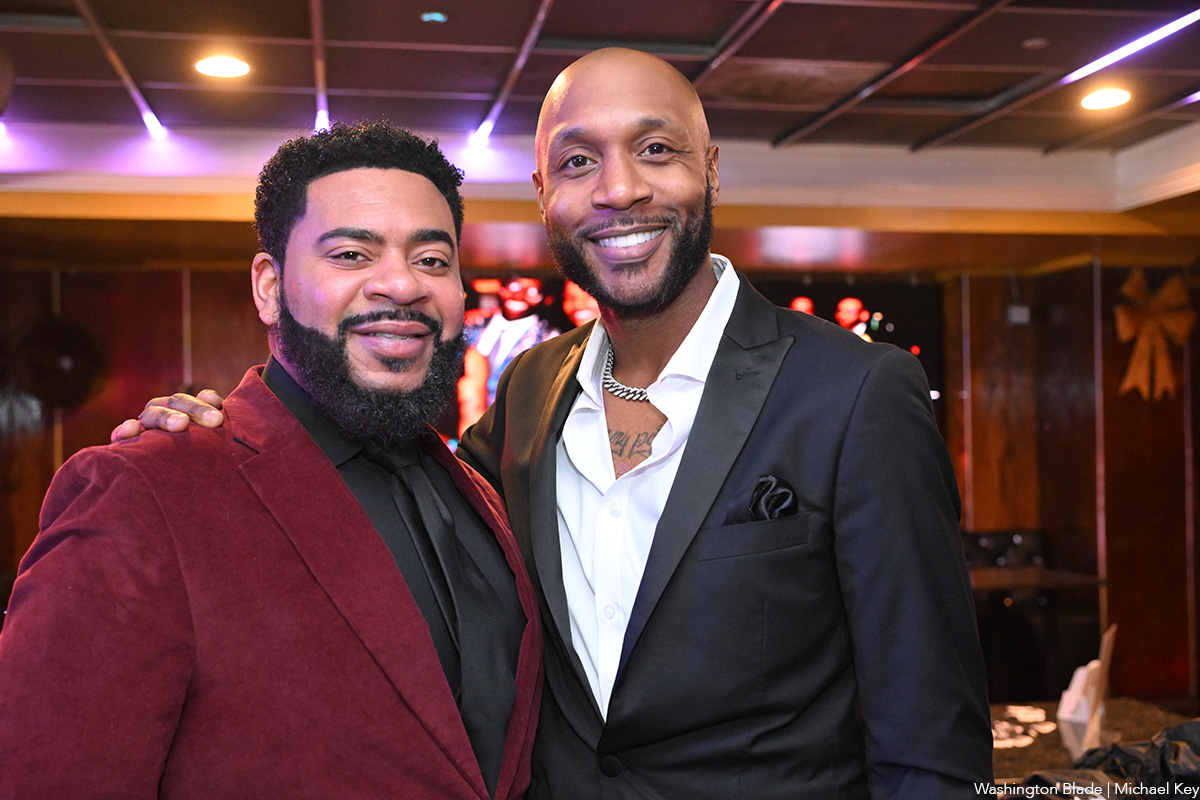
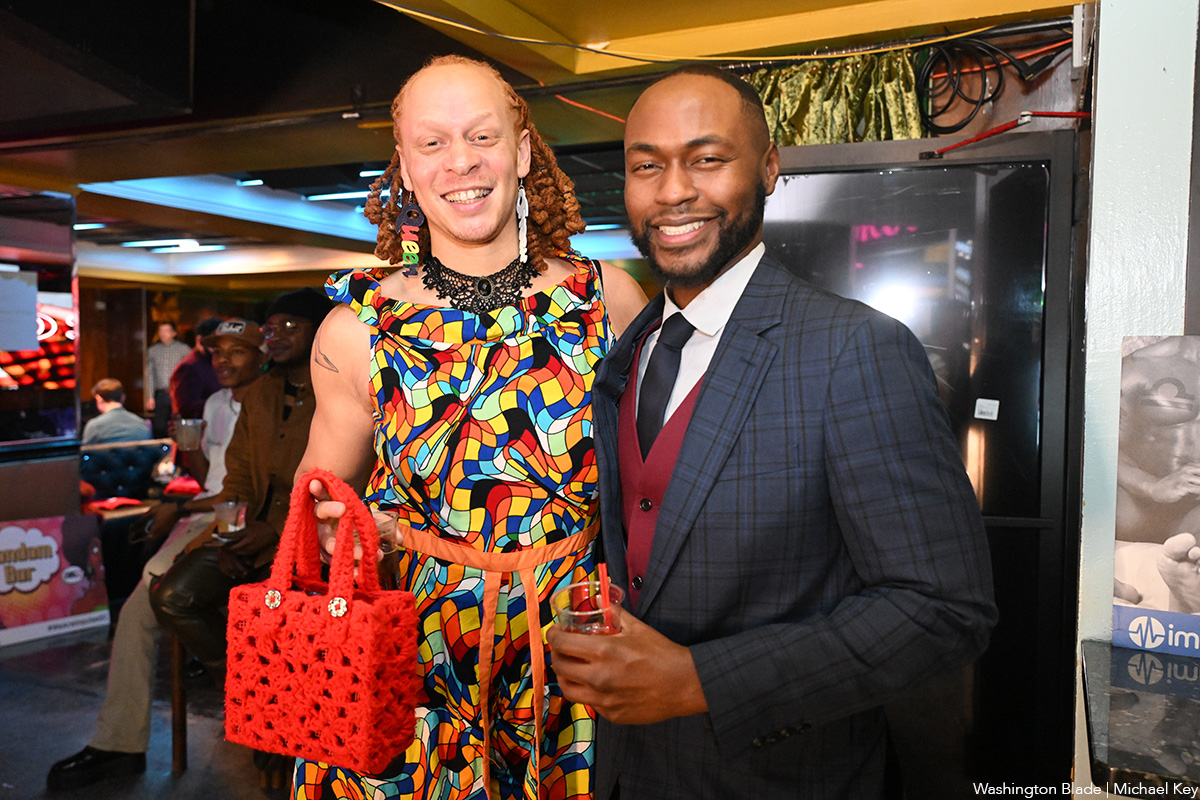
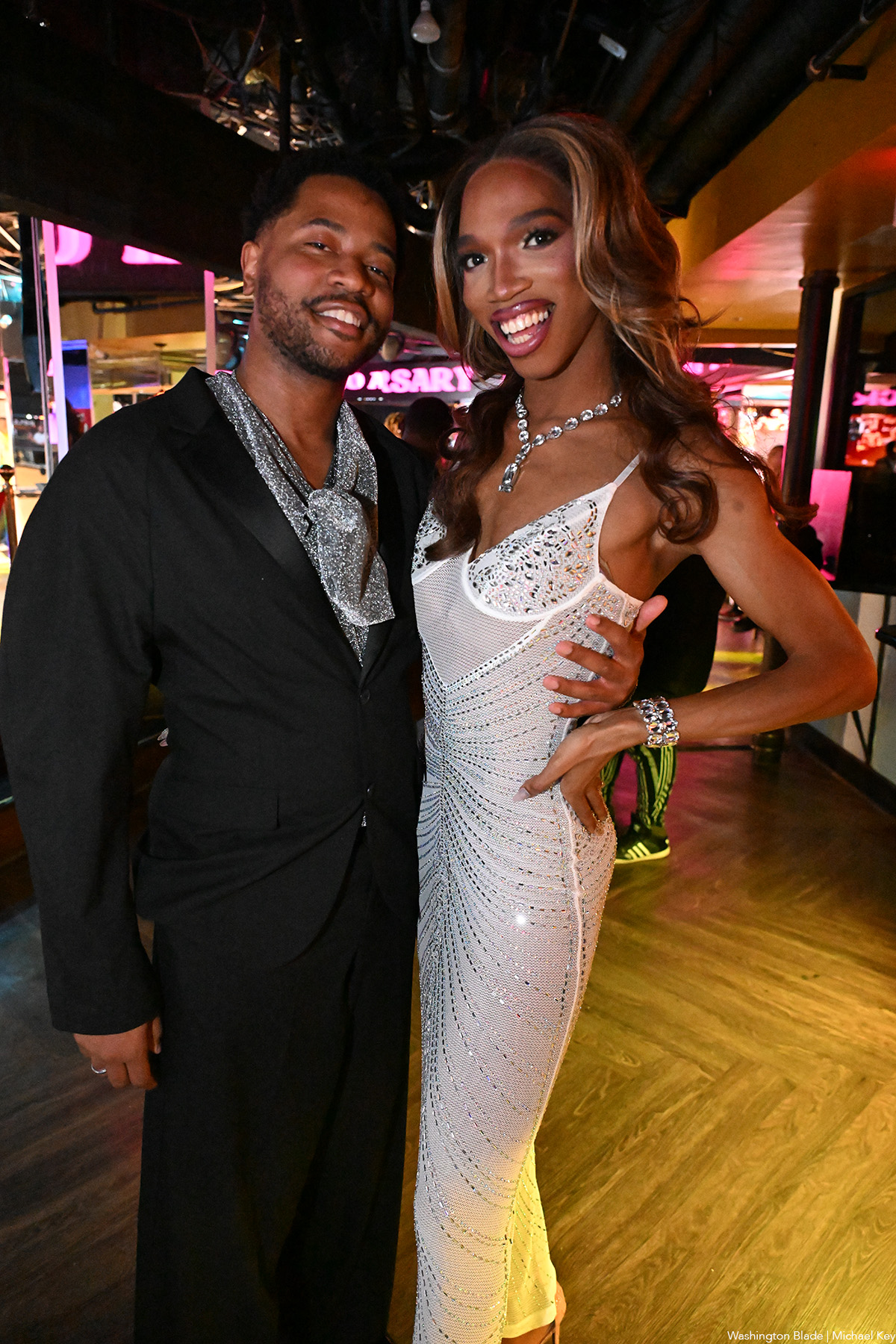
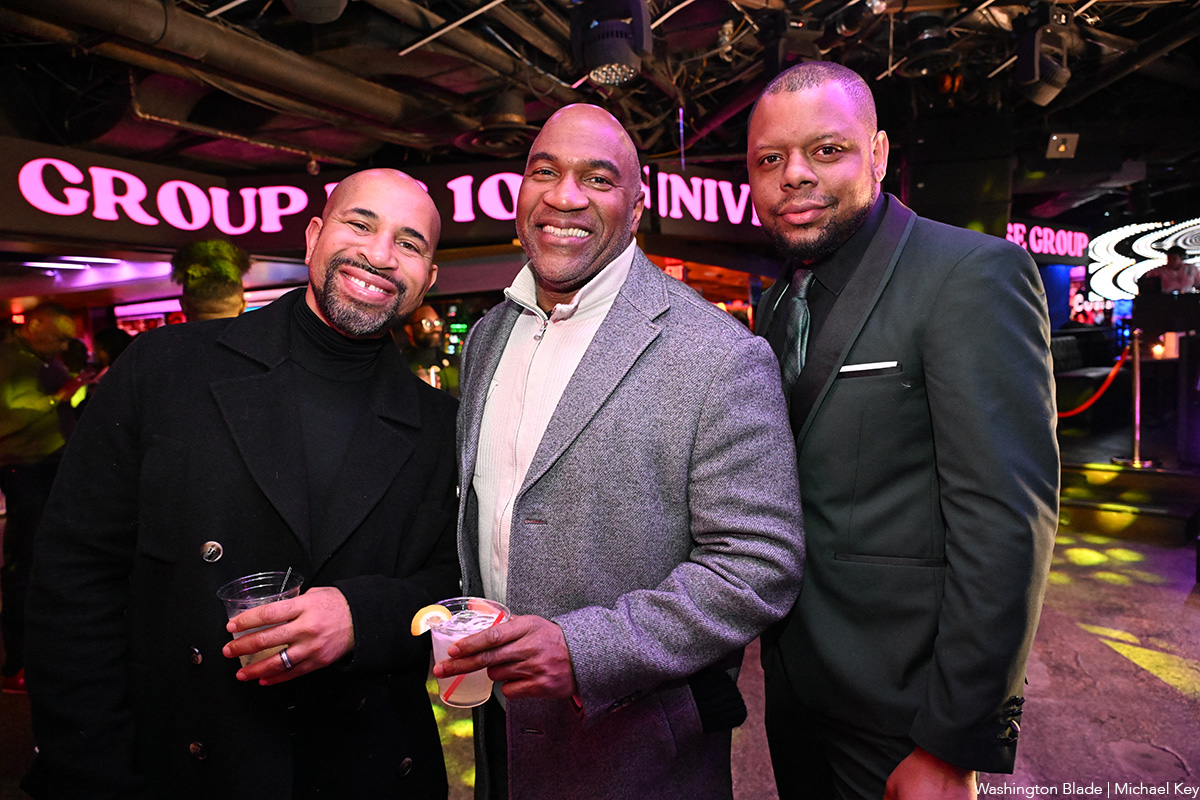
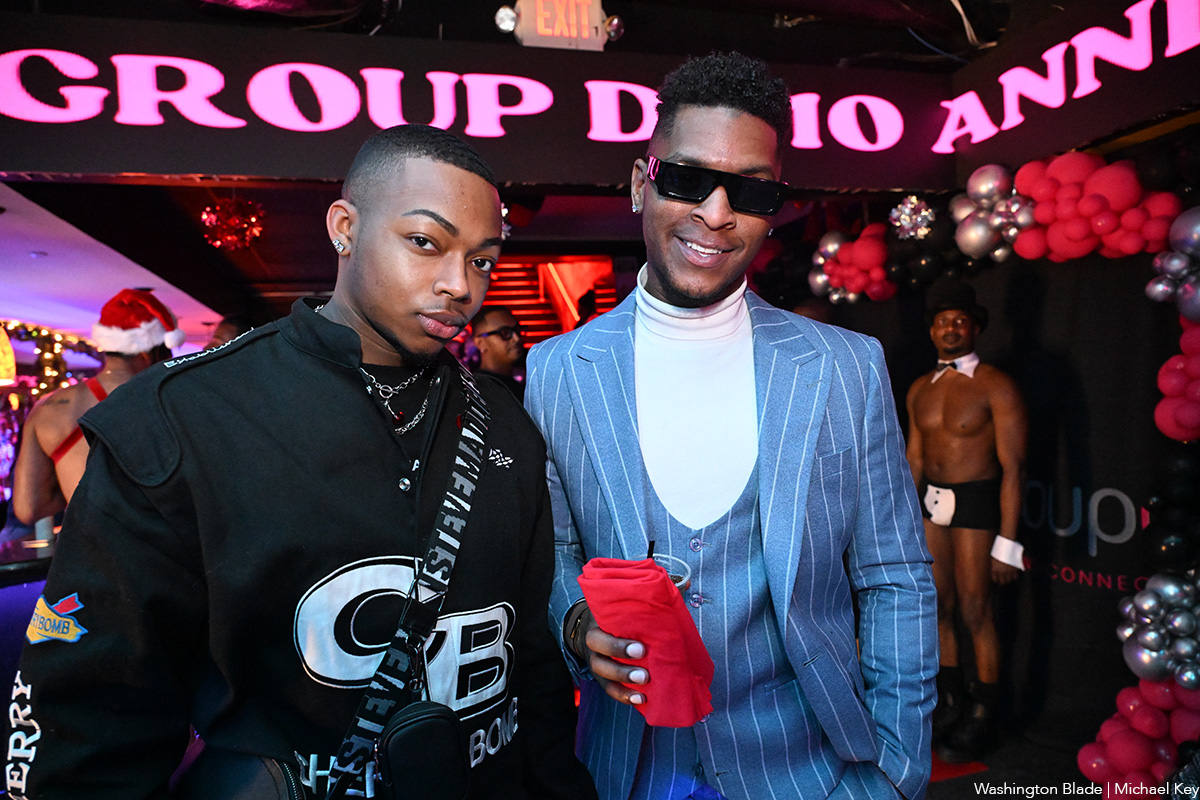
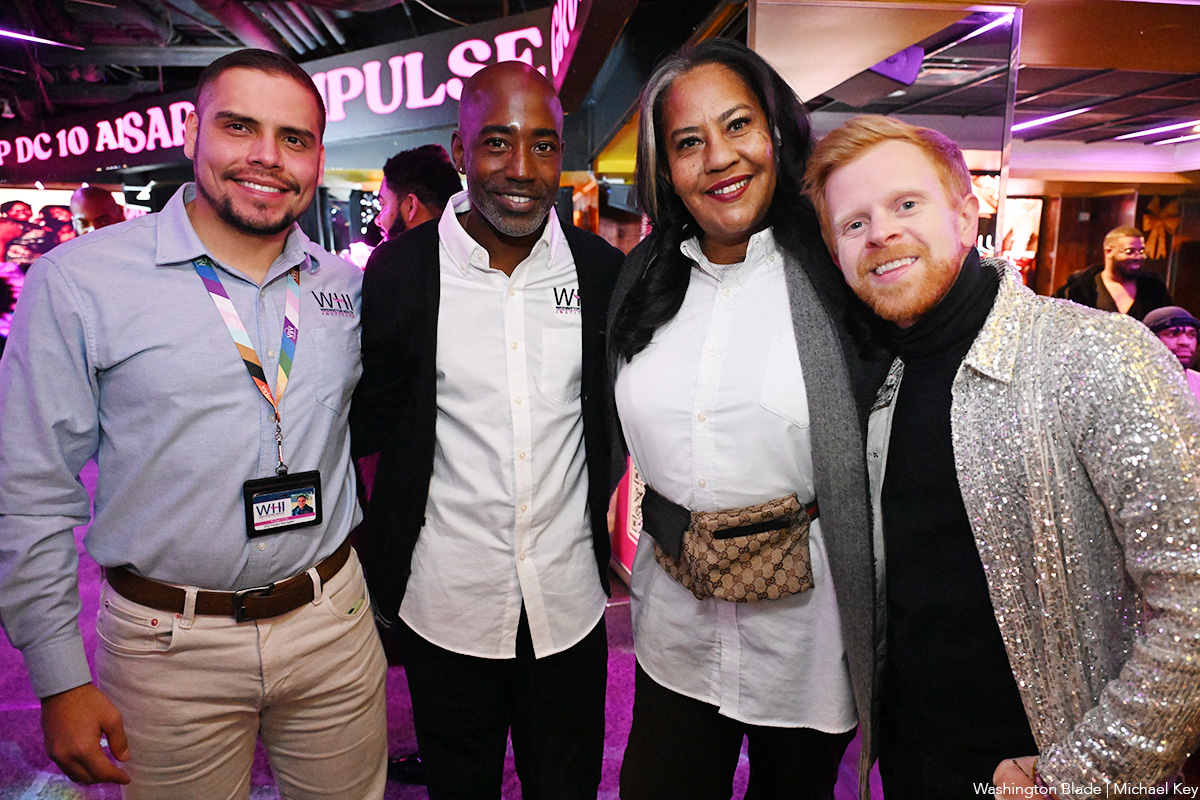

Rob Reiner, most known for directing untouchable classics like “The Princess Bride,” “Misery,” “When Harry Met Sally…,” and “Stand by Me,” died Dec. 14 alongside his wife, Michele Singer Reiner, in their Los Angeles residence. While investigations are actively underway, sources have told PEOPLE Magazine that the pair’s son, Nick Reiner, killed his parents and has been taken into custody.
Reiner was a master of every genre, from the romantic comedy to the psychological thriller to the coming-of-age buddy movie. But in addition to his renowned work that made him a household name, Reiner is also remembered as a true advocate for the LGBTQ community. In 2009, Reiner and his wife co-founded the American Foundation for Equal Rights, helping fight against California’s Prop 8 same-sex marriage ban. They were honored at the 2015 Human Rights Campaign Las Vegas Gala.
In a statement, HRC President Kelley Robinson said: “The entire HRC family is devastated by the loss of Rob and Michele Reiner. Rob is nothing short of a legend — his television shows and films are a part of our American history and will continue to bring joy to millions of people across the world. Yet for all his accomplishments in Hollywood, Rob and Michele will most be remembered for their gigantic hearts, and their fierce support for the causes they believed in — including LGBTQ+ equality. So many in our movement remember how Rob and Michele organized their peers, brought strategists and lawyers together, and helped power landmark Supreme Court decisions that made marriage equality the law of the land — and they remained committed to the cause until their final days. The world is a darker place this morning without Rob and Michele — may they rest in power.”
Reiner’s frequent collaborators have also spoken out as the industry is in mourning, including figures like Ron Howard and John Cusack.
A joint statement from Jamie Lee Curtis and Christopher Guest (who starred in Reiner’s “This is Spinal Tap”) reads: “Christopher and I are numb and sad and shocked about the violent, tragic deaths of our dear friends Rob and Michele Singer Reiner and our ONLY focus and care right now is for their children and immediate families and we will offer all support possible to help them. There will be plenty of time later to discuss the creative lives we shared and the great political and social impact they both had on the entertainment industry, early childhood development, the fight for gay marriage, and their global care for a world in crisis. We have lost great friends. Please give us time to grieve.”
While attending the 2019 HRC Los Angeles Dinner, Reiner spoke out about the need for equality: “We have to move past singling out transgender, LGBTQ, black, white, Jewish, Muslim, Latino. We have to get way past that and start accepting the idea that we’re all human beings. We’re all human beings, we all share the same planet, and we should all have the same rights, period. It’s no more complicated than that.”
-

 Politics2 days ago
Politics2 days agoLGBTQ Democrats say they’re ready to fight to win in 2026
-

 District of Columbia2 days ago
District of Columbia2 days agoBrian Footer suspends campaign for Ward 1 D.C. Council seat
-

 Chile4 days ago
Chile4 days agoFar-right José Antonio Kast elected Chile’s next president
-

 Opinions2 days ago
Opinions2 days agoLighting candles in a time of exhaustion

















